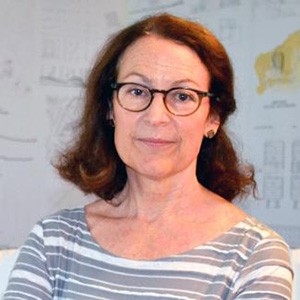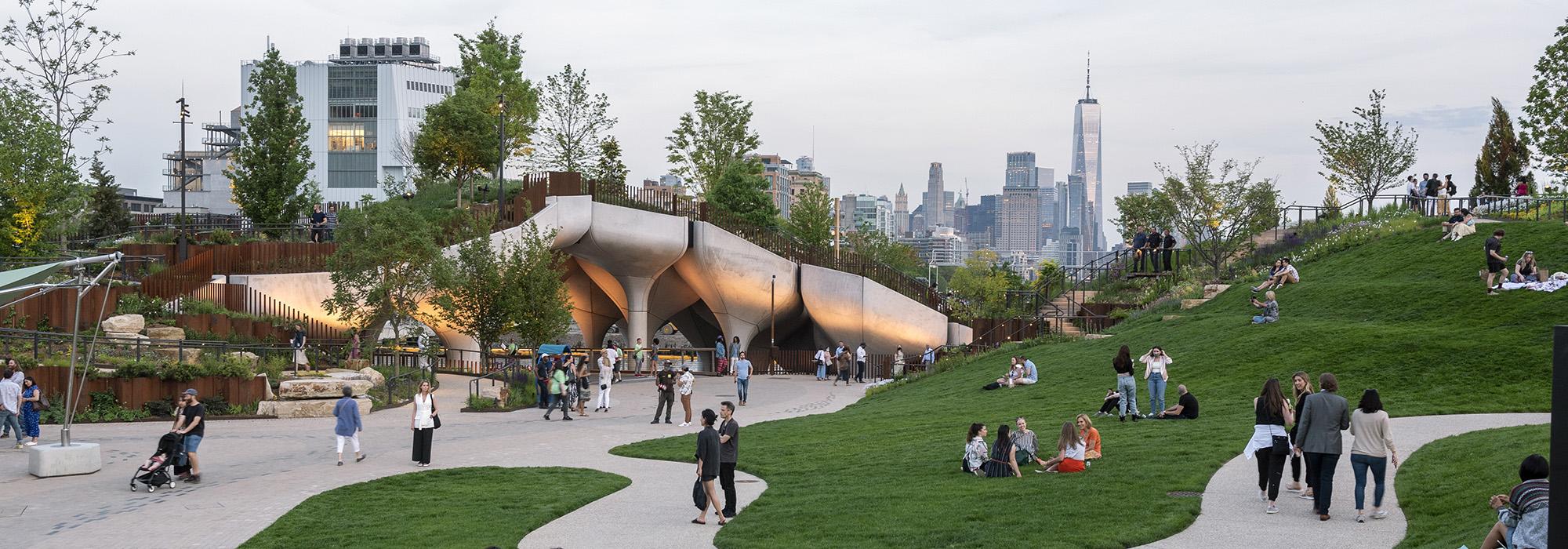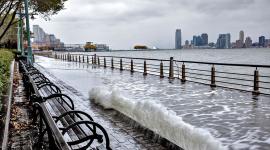What Makes a Landscape Architect Courageous?
On the fence about registering for the October 15, 2021, Courageous by Design symposium? Read this conference abstract from Elizabeth Meyer, FASLA, who will be giving the opening remarks in advance of the first panel featuring Kate Orff, Martha Schwartz and Lisa Switkin; it's pretty persuasive:

Why are we talking about courage and design today? What role does courage play within the design practices of Lisa Switkin, Kate Orff and Martha Schwartz? These landscape architects are leading teams creating parks, plazas, shorelines and aquatic habitats that respond to and alter the impacts of the climate crisis on urban socio-ecological multi-species publics. They are creating memorable places and performative landscapes that audaciously address the uneven impacts of urban heat island effects, the contested shoreline edge between wet and dry, the loss of biodiversity and habitats. Through design, not policy or legislation, these landscape architects are engaging with the wicked problems of our time. That takes courage. These designers work at the nexus of urban form, climate change and aesthetics. It takes courage to insist that the form, material expression and experiential effects of a cultural product like landscape architecture matter when the stakes for planetary survival are so high.
Drawing on the writings of sociologist Sir Anthony Giddens and ecocritic Lawrence Buell, I argue that artistic courageous and uncanny, if not unsettling, affective experiences as fundamental to the practices of landscape architects engaged in climate science. I identity two reasons why this type of courage is urgent. Scientific data is inadequate to persuade the public to adopt the consumption patterns and lifestyle changes necessary to alter the trajectory and pace of the changing climate. Second, most people cannot comprehend and then act on Gidden’s paradox—that there are direct connections between everyday habits and climate change’s intangible, invisible dangers to human well-being and societal thriving.
Our morning speakers are courageously inserting landscape architecture at the nexus of gnarly topics like the climate crisis. I comment on ways they share this courage with Cornelia Oberlander by underscoring their shared attributes and reinforcing themes that I have explored in my writings, especially those that challenge the divides between art and science, aesthetics and ethics, space and politics.





